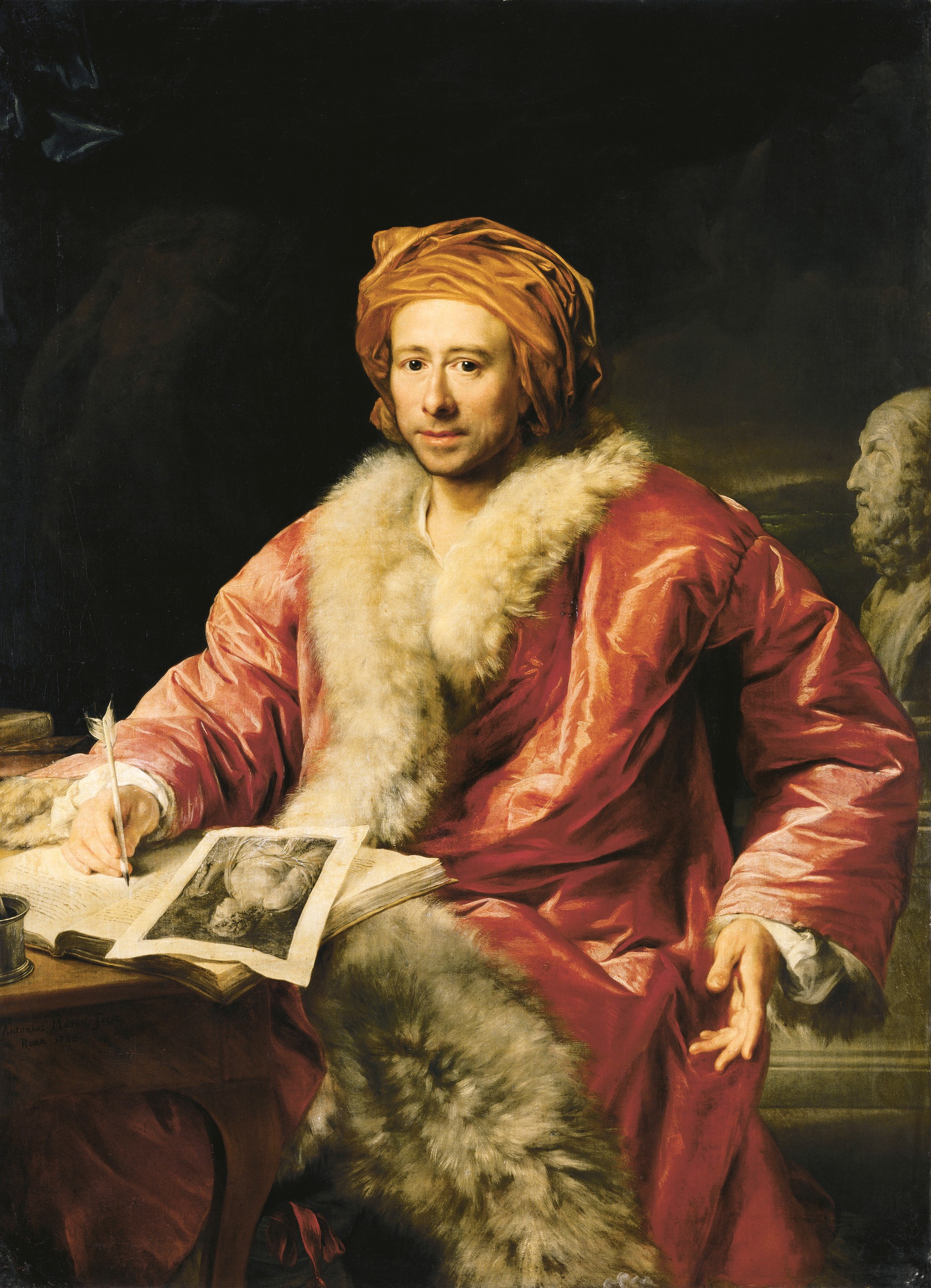
One more year further away from the eighteenth century, alas! But it has still been a good one. Here's to another great year of gossiping. Happy 2010! Do stop by Marie Antoinette's Gossip Guide and be sure to wish her a happy birthday!


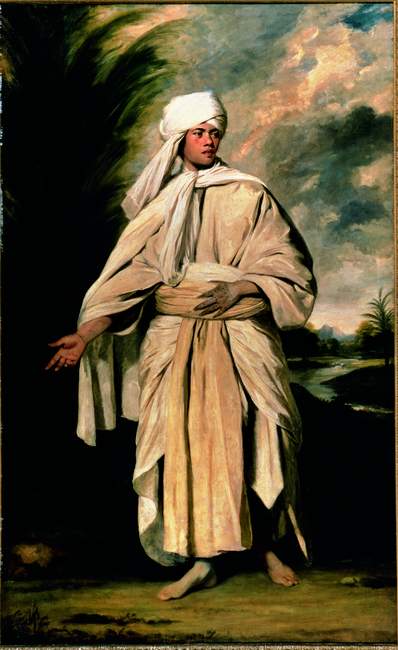

 When I saw Amanda Vickery's new book, Behind Closed Doors: At Home in Georgian England
When I saw Amanda Vickery's new book, Behind Closed Doors: At Home in Georgian England So you want to do things right and have an 18th century Christmas this year? Well, cross off that Wii game and replace it with "fashionable walking stick" because the Georgians really knew how to have some festive fun!
So you want to do things right and have an 18th century Christmas this year? Well, cross off that Wii game and replace it with "fashionable walking stick" because the Georgians really knew how to have some festive fun! will look very festive and alive from the cold streets outside. Gather all your vases and containers and place your greenery in that as well. Most importantly, don't forget to string up the mistletoe. I like to put it up conspicuously near my gaming tables and in the corners of my dressing room. Remember, never hang mistletoe in a pantry, closet or some other area where you might uncomfortably run into your disappeared friends during the whilst game.
will look very festive and alive from the cold streets outside. Gather all your vases and containers and place your greenery in that as well. Most importantly, don't forget to string up the mistletoe. I like to put it up conspicuously near my gaming tables and in the corners of my dressing room. Remember, never hang mistletoe in a pantry, closet or some other area where you might uncomfortably run into your disappeared friends during the whilst game.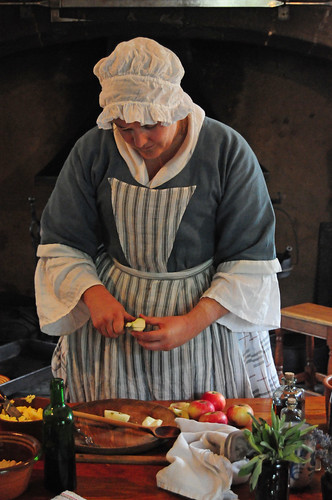 guests are over so be sure the cook is prepared. Also don't forget to have at least one show stopper, so that guests will be talking about "that delicious swan" or "that impressive croquembouche" for Christmases to come.
guests are over so be sure the cook is prepared. Also don't forget to have at least one show stopper, so that guests will be talking about "that delicious swan" or "that impressive croquembouche" for Christmases to come. sure you send your man to the post office with your greetings.
sure you send your man to the post office with your greetings. Joshua Reynolds, Portrait of the Harcourt Family, 1780
Joshua Reynolds, Portrait of the Harcourt Family, 1780 stand in the background looking awkward. I'm sure Reynolds was driven mad by the formality of the portrait. Another unusual aspect of the painting is how the coronets are included in the depiction; usually peers didn't bother visually bragging during the Enlightenment. I thoroughly enjoy how Lady Harcourt stylishly perches her coronet on the side of her coiffure as well.
stand in the background looking awkward. I'm sure Reynolds was driven mad by the formality of the portrait. Another unusual aspect of the painting is how the coronets are included in the depiction; usually peers didn't bother visually bragging during the Enlightenment. I thoroughly enjoy how Lady Harcourt stylishly perches her coronet on the side of her coiffure as well.
 foundling hospitals (remember, hospital-hospitality) sprung up, one even had a large wheel that you could place your baby on and rotate into the building so as not to show your shamed face when your dropped your child off. Amsterdam's beautiful History Museum is housed in the former old Civil Orphanage, established during the Dutch Golden Age. The English were very stuffy about the topic of illegitimate children. They saw orphanages in the same way many people now see giving condoms to teenagers: if we provide a place for whores to put their unwanted children it's condoning bad behavior. It wasn't until the Enlightenment that there was a call to finally do something about the orphan problem.
foundling hospitals (remember, hospital-hospitality) sprung up, one even had a large wheel that you could place your baby on and rotate into the building so as not to show your shamed face when your dropped your child off. Amsterdam's beautiful History Museum is housed in the former old Civil Orphanage, established during the Dutch Golden Age. The English were very stuffy about the topic of illegitimate children. They saw orphanages in the same way many people now see giving condoms to teenagers: if we provide a place for whores to put their unwanted children it's condoning bad behavior. It wasn't until the Enlightenment that there was a call to finally do something about the orphan problem. children. Coram's petition for a hospital that would turn forgotten children into useful citizens seemed like a good idea to this king and he approved it. The nobility and the wealthy also thought it sounded good and many became subscribers, that is, donated their money to build the hospital.
children. Coram's petition for a hospital that would turn forgotten children into useful citizens seemed like a good idea to this king and he approved it. The nobility and the wealthy also thought it sounded good and many became subscribers, that is, donated their money to build the hospital. even designed the uniforms and the Coat of Arms. Another artistic supporter was George Frideric Handel. The musician was in the height of his career and used his popularity to his advantage by holding charitable performances in order to raise money for the hospital.
even designed the uniforms and the Coat of Arms. Another artistic supporter was George Frideric Handel. The musician was in the height of his career and used his popularity to his advantage by holding charitable performances in order to raise money for the hospital.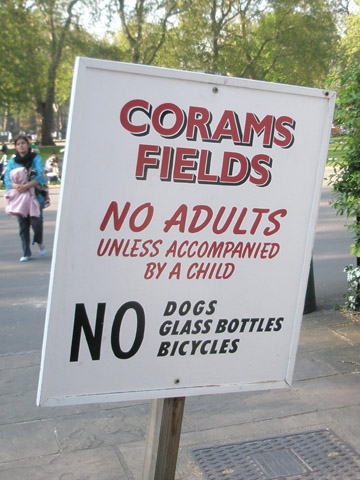
 It's Miss Austen's 243th birthday! What would we do without her? Maybe have realistic expectations about men? Either way, Jane Austen is a much beloved author here so this is cause for celebration. So what's going on? Well, I hear Quirk Books is having a big celebration since Miss Austen has given them a very big year. I also suspect Jane Austen's World, Austen Prose, and Jane Austen Today, among others will have big goings on. Happy Birthday Jane!
It's Miss Austen's 243th birthday! What would we do without her? Maybe have realistic expectations about men? Either way, Jane Austen is a much beloved author here so this is cause for celebration. So what's going on? Well, I hear Quirk Books is having a big celebration since Miss Austen has given them a very big year. I also suspect Jane Austen's World, Austen Prose, and Jane Austen Today, among others will have big goings on. Happy Birthday Jane!
 Lucy just alerted me to a great article about the carnal side of Georgian England. She obviously knows what I enjoy reading about. Tony Perrottet writes about the lusty times we all adore, which covers such nasty bits like lovers' hair keepsakes; and I'm not referring to that which is on your head. Oh my!
Lucy just alerted me to a great article about the carnal side of Georgian England. She obviously knows what I enjoy reading about. Tony Perrottet writes about the lusty times we all adore, which covers such nasty bits like lovers' hair keepsakes; and I'm not referring to that which is on your head. Oh my!
 Tea for Ruby by the original Fergie, Sarah Duchess of York
Tea for Ruby by the original Fergie, Sarah Duchess of York
 Magic Tree House #41: Moonlight on the Magic Flute by Mary Pope Osborne
Magic Tree House #41: Moonlight on the Magic Flute by Mary Pope Osborne

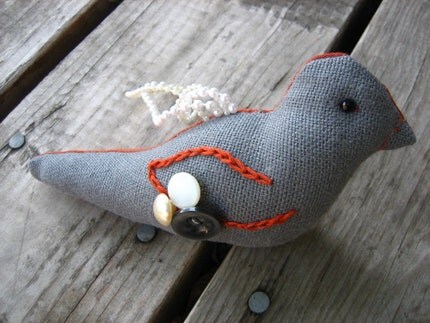 Birds always seem appropriate for an 18th century tree. This one would do well if you were going for a colonial theme, $24, Etsy
Birds always seem appropriate for an 18th century tree. This one would do well if you were going for a colonial theme, $24, Etsy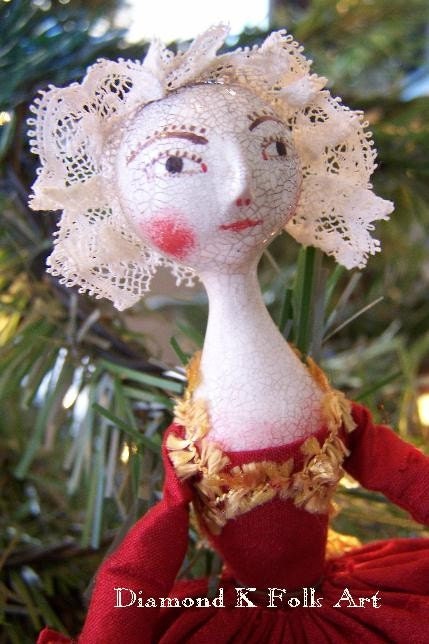 If only these handmade dolls were more affordable! They are very much like the dolls of the 18th century, $150, Etsy
If only these handmade dolls were more affordable! They are very much like the dolls of the 18th century, $150, Etsy
 Wedgwood (founded in England in 1756) has a gorgeous collection of ornaments, true to the Georgian and Regency period, $30, Wedgwood
Wedgwood (founded in England in 1756) has a gorgeous collection of ornaments, true to the Georgian and Regency period, $30, Wedgwood A little rococo couple dancing in a snowglobe, $26 from Plasticland
A little rococo couple dancing in a snowglobe, $26 from Plasticland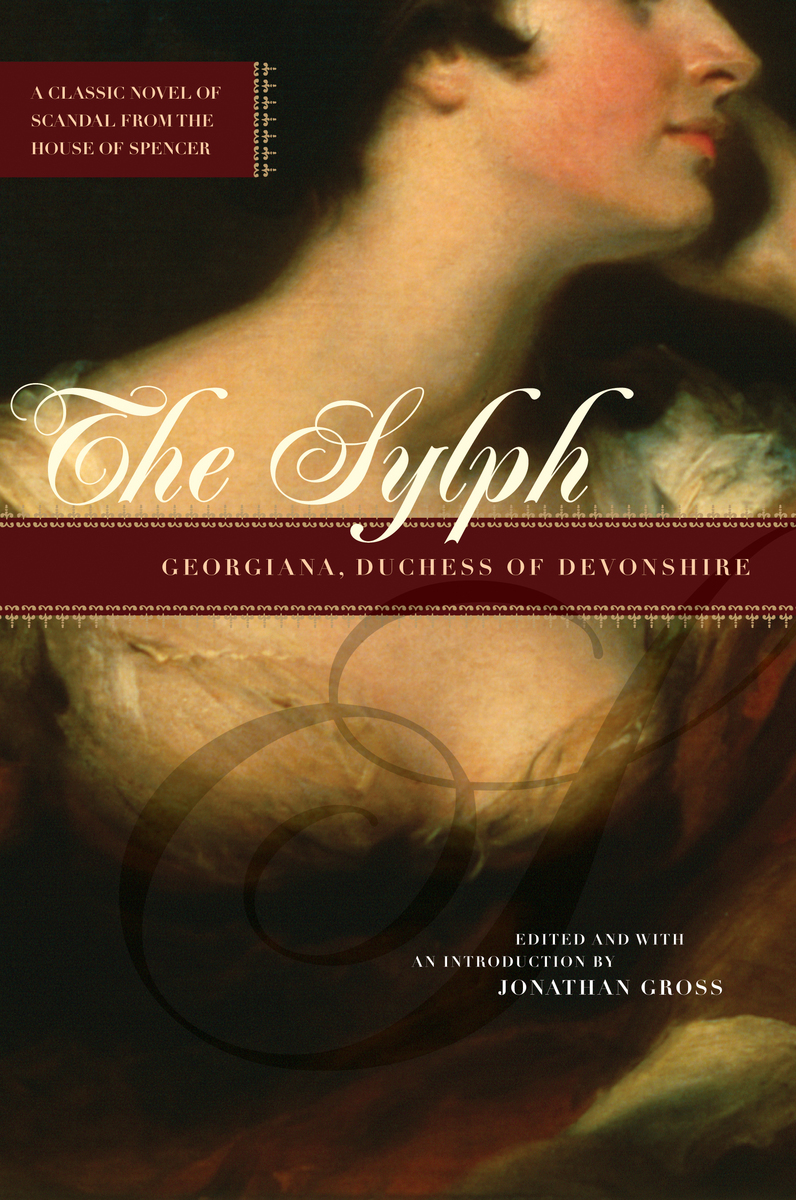 Just because I've had some questions about it...
Just because I've had some questions about it...
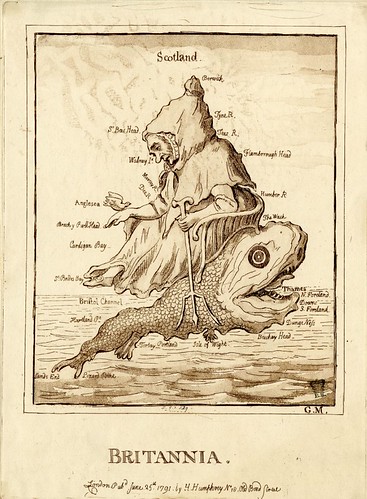 Those of the Jewish faith were not exactly welcomed to England with open arms. It's a wonder that they were ever inclined to settle there! But throughout the centuries there were Jews in England, and England (being the upstanding Christian country that it was) fighting to get them out. It wasn't until the 18th century that Britain finally warmed up to those of the Jewish faith.
Those of the Jewish faith were not exactly welcomed to England with open arms. It's a wonder that they were ever inclined to settle there! But throughout the centuries there were Jews in England, and England (being the upstanding Christian country that it was) fighting to get them out. It wasn't until the 18th century that Britain finally warmed up to those of the Jewish faith.